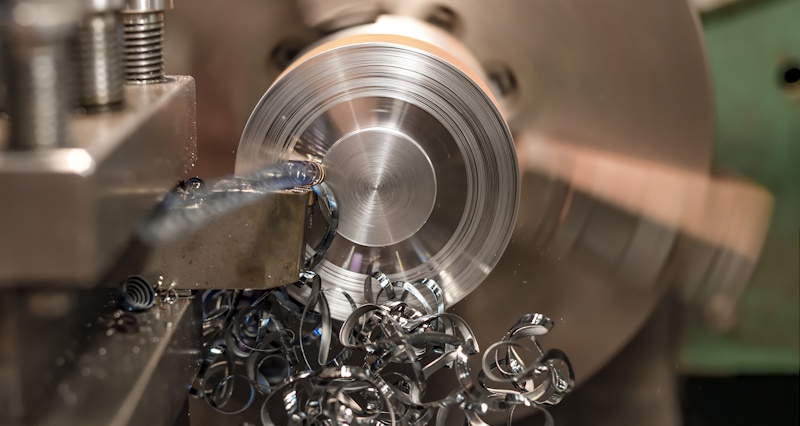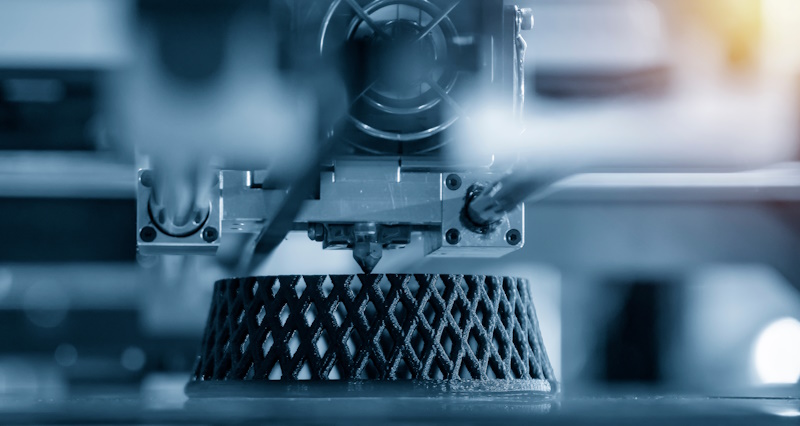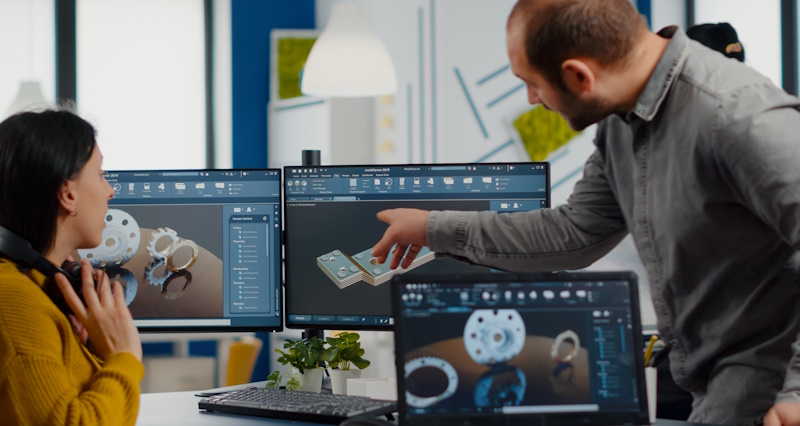A fifth of the world’s carbon emissions come from the manufacturing sector (World Economic Forum 2023). Depending on whose estimates you use, that equates to about 7.4 billion tonnes of carbon emissions going into the atmosphere every single year. Read on to see how Hexagon technology can help to avoid emissions.
Achieving net zero without significantly reducing emissions is a theoretical solution, but it’s neither perfect nor straightforward. If you plant a tree, it could take 50 years to reach maturity and offset emissions. Countries that signed the Paris Agreement have just 25 years remaining to achieve their goals.
The real solution is to avoid emissions in the first place. In this blog, we seek to answer the question of how Hexagon products can help manufacturers reduce emissions.
1. Reduce scrap and rework
Product quality is often associated with a company’s reputation among customers. The better part of the Hexagon Manufacturing Intelligence product portfolio caters to that value proposition: just think of our metrology devices and software.
But do they also help with avoiding emissions:
- Measurements during manufacturing enable quick interventions to reduce scrap and rework.
- High-quality parts often have an extended lifetime while reducing energy consumption and the need for repair.
- On-site measurements avoid emissions associated with the transport of parts to dedicated labs.
What about CAD/CAM production software and quality management in general?
- Arranging parts as efficiently as possible significantly reduces waste during production. Hexagon’s CAD/CAM solutions RADAN and ALPHACAM offer excellent capabilities in this area.
- By validating and optimising tool paths in simulation, NCSIMUL reduces scrapped parts and ensures a “first time right” approach for CNC machinery.
- Our quality management software ETQ Reliance addresses all aspects of quality throughout the product life cycle from design and supplier management, through manufacturing to delivery, transportation and customer usage: reduce scrap, rework, waste, and returns.
In essence, reducing scrap and rework contributes to producing high quality products at lower cost while also avoiding emissions.
2. Lightweight product design
Lightweight products consume less material for production. But that’s not all: Oftentimes, they also need less energy during use. Just think of an airplane or your car: the lighter it is, the less fuel consumed. In case, a special material like carbon fibre has been chosen, energy savings during use are essential to offset higher carbon emissions during production.
- HxGN Emendate provides a highly automated topology optimisation, aimed at generating production-ready, lightweight product designs for additive manufacturing and die casting. Emendate is an integral part of Apex Generative Design and will soon be included in Nastran as well.
- With its ability to predict non-linear material behaviour like material failure and deformation of different materials under stress, Digimat enables our customers to fine-tune material properties and explore the limits of weight optimisation.
- It’s not only about product weight, it’s also about the material itself: Nexus Materials can help engineers choose materials with low environmental impact.
3. Virtualise physical testing
Whenever you want to produce at scale, comprehensive testing is inevitable since high-quality products drive customer satisfaction.
On the other hand, building prototypes, creating test environments and diligent testing comes at a cost: material, energy, time, and money.
What if you could virtualise the majority of those physical tests? That’s exactly what many Hexagon products support you with:
- VTD, our environment simulation for Advanced Driver Assistance Systems (ADAS), lets you test vehicle behaviour in a virtual environment. The result: fewer prototype vehicles and test miles driven.
- Adams is a leading multibody dynamics solution and part of Hexagon’s System Dynamics Suite. Virtual testing can support the evaluation of design alternatives in early development stages as well as reduce physical testing during the later validation phase.
- Our Virtual Manufacturing Suite lets you virtually develop manufacturing processes. Simufact Forming, for example, helps you to achieve “first time right” production by predicting both mechanical and thermodynamic effects of metal forming processes.
- HxGN Machine Trainer offers a special form of virtualisation: Emulating milling machines, it allows for fully virtual training of employees – no more wasting materials, energy, utilities and risking expensive machines.
On top of the sustainability benefits of virtual testing, it also allows you to perform tests that would be dangerous, unlikely to occur, or even impossible to test in the real world.
4. Digitising production processes to avoid emissions
Digital data minimises paper trails. So far, so obvious. But real-time data also enables faster decision-making, predictive maintenance and optimised equipment utilisation – potentially reducing emissions.
The Nexus Connected Worker transitions conventional processes into digital workflows, integrating cross-functional data on the way and enabling remote decision making based on real-time data.
Especially going paperless has an often underestimated potential for avoiding emissions.
5. Making processes more efficient
Efficiency in the context of avoided emissions is not as straight forward as you might think: it’s a relative measure, running the risk of being eaten up by rebound effects: productivity gains, increases in demand or market size.
Having that in mind, many Hexagon MI products contribute to reduced cycle times and energy consumption. Prominent examples are:
- Odyssee, our AI/ML solution, can drastically reduce computation time for complex simulation tasks – in many cases by over 90%.
- All of our Production Software portfolio reduces cycle times, cuts programming hours, and optimises machine utilisation – impacting our customers’ carbon footprint.
Towards a sustainable manufacturing
Reducing or avoiding emissions in the manufacturing sector is a challenge we all face. It is complex and multifaceted, but it is also of the utmost importance since manufacturing accounts for roughly 20% of global carbon emissions.
The products we’ve discussed in this blog offer many different solutions to avoiding emissions, from reducing scrap and rework, designing more lightweight products, virtual testing and digital processes to improved efficiency. There is no single solution, instead it’s the harmonious integration of various methods that make a difference.
Together, we can transform manufacturing for a more sustainable future.
We’re curious to hear your opinion. What’s your take on avoided emissions: Does this concept create incentives for more sustainable products? Which Hexagon product did we forget to mention in the article? Which one do you believe has great potential for avoided emissions?
Share this blog with networks and join the conversation on social media.


















